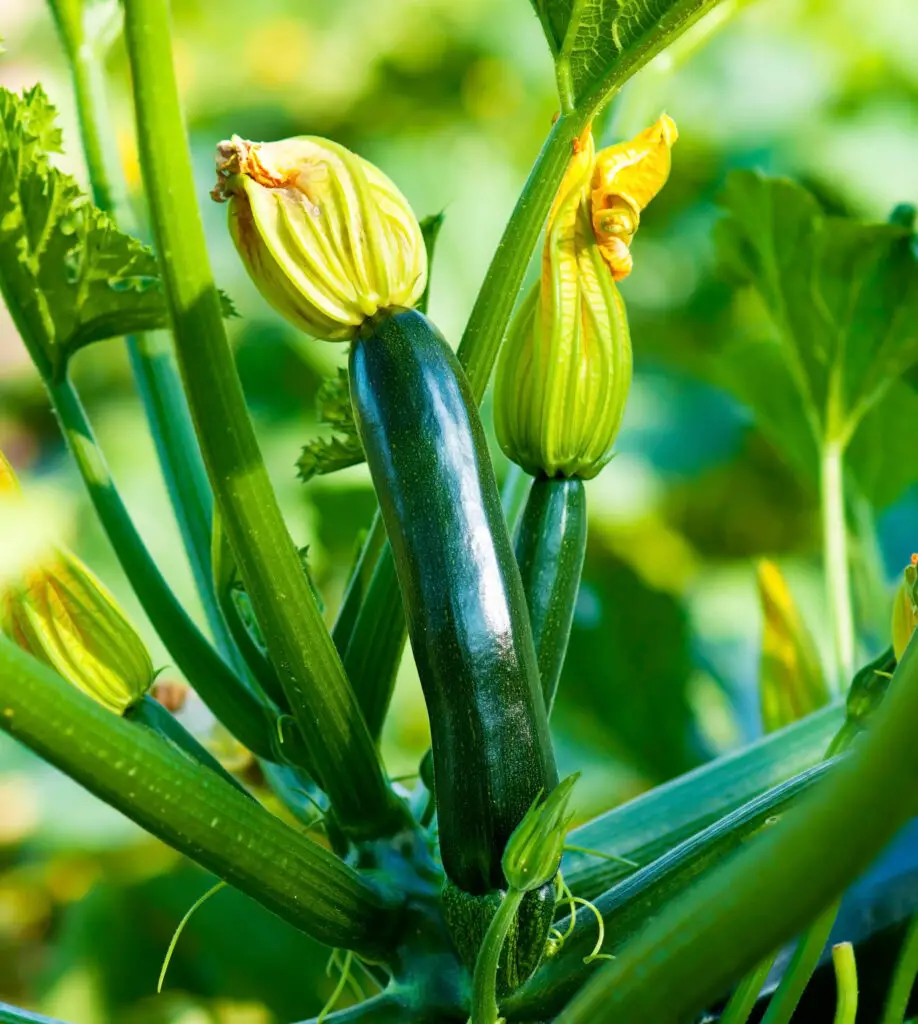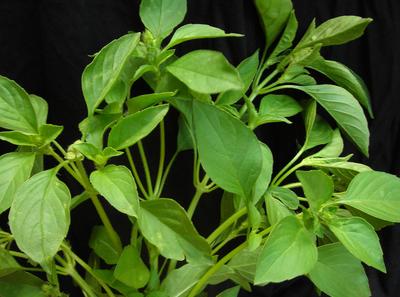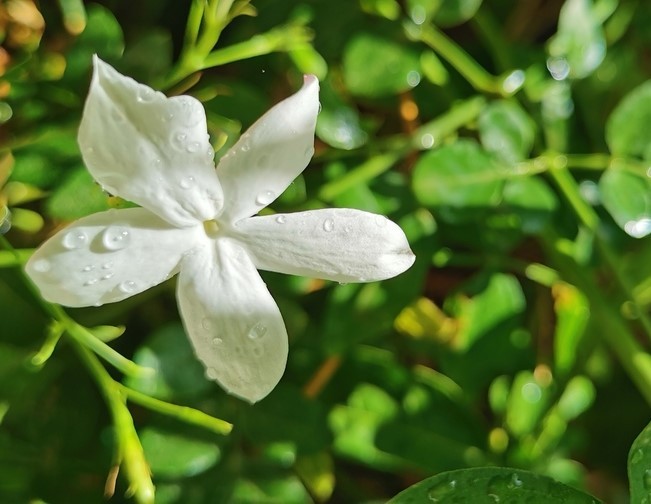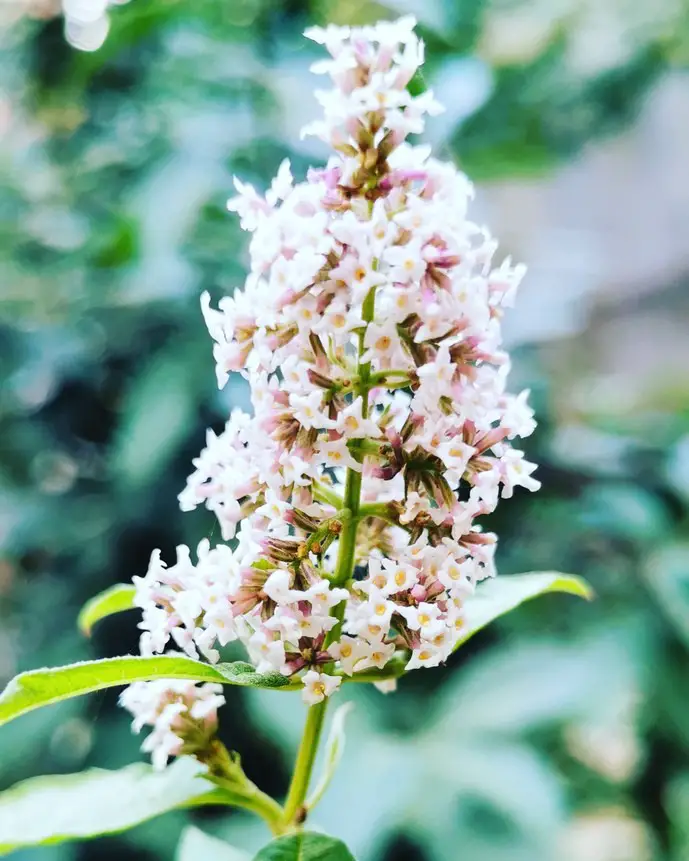One of the most important things to consider when planting orchids is the environment, humidity, and temperature. Orchids can only grow well in the right environment and with careful care. So, creating the right environment for it will help it to grow healthy and beautiful.
Table of Content
- The Right Temperature for Orchids.
- Humidity for Orchids.
- Important Information About Humidity and Temperature.
- Conclusion.
The Right Temperature For Orchids
The best temperature for orchids is between 64°F and 86°F (18-30°C). When the right temperature is provided for the orchids, they become vigorous, grow rapidly, germinate quickly, and develop into strong seedlings easily.
Additionally, orchids can quickly decompose and digest fertilizers, therefore, the possibility of fertilizer damage is reduced.
The right temperature is also beneficial to the production and accumulation of nutrients for orchids. As a result, the seedlings will be more robust, grow more developed, and their nutrients and water absorption capacity is increased.
Humidity For Orchids
There are two types of humidity: Ambient humidity and soil humidity. The most suitable environmental humidity for orchid growth should be between 55% and 85%.
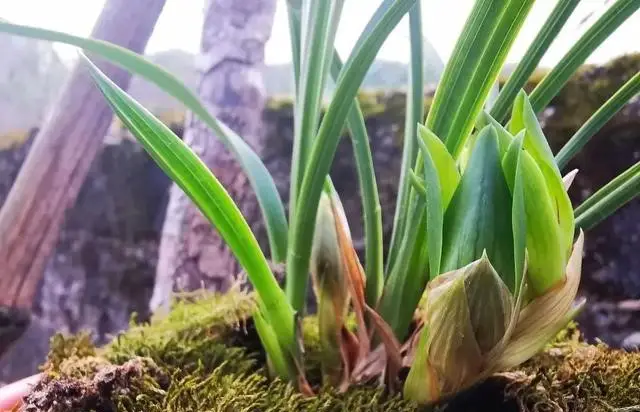
1. Ambient Humidity
Why do orchids like humidity? That is because in a humid environment, orchid leaves have stronger respiration and the photosynthetic process gets more efficient. This will lead the leaves to grow darker in color (dark green) due to the high efficiency of chlorophyll synthesis.
As for the seedlings, not only they would grow more succulent, but they will also grow more healthy and immune.
2. Soil Humidity
The moisture of the soil is very important as it is the source of most of the water to be absorbed for growth. The preferred soil moisture for orchids should be 30% and 45%. There is no doubt that orchids love humid soil. Their roots are designed to store water.
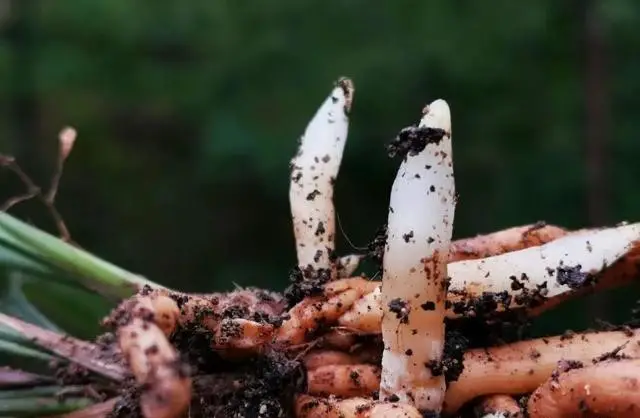
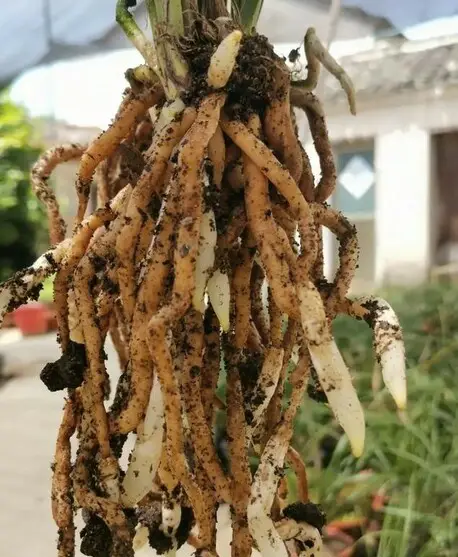
But of course, this does not mean you can overwater it. Too much water can kill your plant. In the case of orchids, water moderately and keep the soil always moist and not wet.
When you keep your soil moist, your orchid will grow full and healthy. If the soil is dry, the orchid’s activity reduces and will look dull. And of course, no one wants to see their plant looking pale and dull. So, each now and then check the moisture of your soil and water only when needed.
Related article: Why Orchid Leaves are Turning Black & How to Treat Them
Note:
Environmental humidity and soil humidity work together. This means that when the weather is dry and lacks humidity, the soil is more likely to dry faster. And vice versa.
Important Information
Some orchid friends might not think this information is relevant and here’s why:
- The orchid seedlings are infected by a disease or insects and pests.
- The type of the orchid only grows leaves and never blooms.
Additionally, similar to humans, plants also need to exercise. This sounds a bit crazy, right? Orchids, typically in nature, follow the four seasons. Unless you live in a tropical region then you’re safe and will forever have beautiful orchids.
However, if you live in a seasonal region and experience all four different seasons, your orchid will need to fight the weather and become stronger.
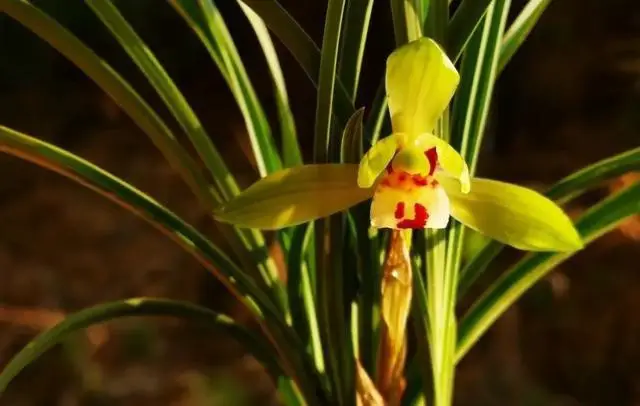
During the four seasons, orchids grow new seedlings in spring and early summer when moisture is abundant; germinating flower buds in late summer and early autumn when the air is dry, and vernalizing flower buds when winter is cold.
The different humidity in the four seasons naturally controls its vegetative growth and reproductive growth.
That is why it is important to check where your orchid is coming from and how it was cultivated before you purchase it.
In artificial cultivation, orchids are grown in perfect humid conditions. When these orchids are adopted in new homes, they tend to become weaker and don’t live for long.
Conclusion
It is not enough to know the most preferred temperature and humidity for orchids to grow. It is necessary to fully understand what temperature and humidity level it needs at various stages. This way we allow our orchids to bloom.
Moreover, the resistance of orchid seedlings will be stronger from one generation to the next, and it is not easy to degenerate the species.
I hope this information was helpful 💕

